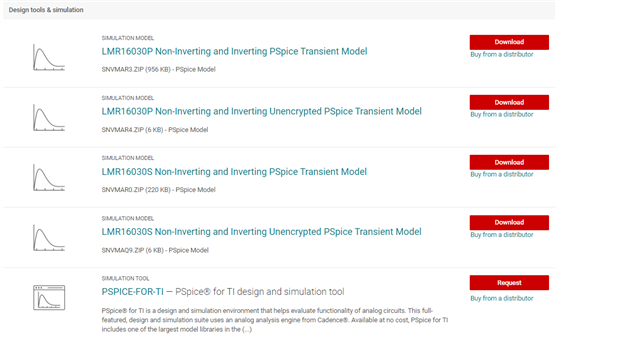Hello,
Oddly the Tina exported encrypted model produces cathode current greater than the device being selected for 2.5A output at 48v input bucked +24v. Webench edit function select alternative diode does not come close to Nexperian PMEG6045ETP producing greater efficiency and handle cathode current Tina analysis shows in excess of 3.5A. Judging efficiency and robustness by the PMEG6045ETP lower forward drop and much higher cathode current as the high side NFET should shut down under protection control by UVLO recovery or even a reset condition.
Why is the Tina model selecting a lower cathode current and twice the blocking voltage when the input voltage should never be seen at the cathode of the switching diode?
Opinion being diode or fuse should short/blow when such a serious condition should ever arise. Worst case scenario we have to replace an inline fuse, not the MCU and several other switching regulators. Note the forward voltage drop 4.5mV of the PMEG6045ETP produces less stress on the diode and high side NFET. Seemingly Webench should come close to selecting similar diode but never allows Tina analysis, why is that? Nexperian has done excellent Schottky diode testing at turtle speeds 300µs worst case scenario seems evident.
IF = 3 A; tp ≤ 300 µs; δ ≤ 0.02; Tj = 25 °C; pulsed - 420 475 mV
IF = 4 A; tp ≤ 300 µs; δ ≤ 0.02; Tj = 25 °C; pulsed - 450 510 mV
IF = 4.5 A; tp ≤ 300 µs; δ ≤ 0.02; Tj = 25 °C; pulsed - 460 530 mV
Webench_LMR16030SDDA 38v-54v-24vout.tscDiode Schottky 60v 4.5amp SOD128 PMEG6045ETP Nexperia.pdf



